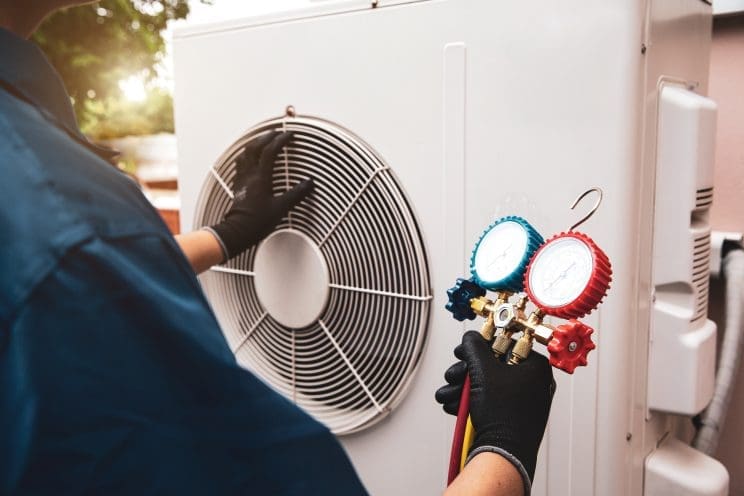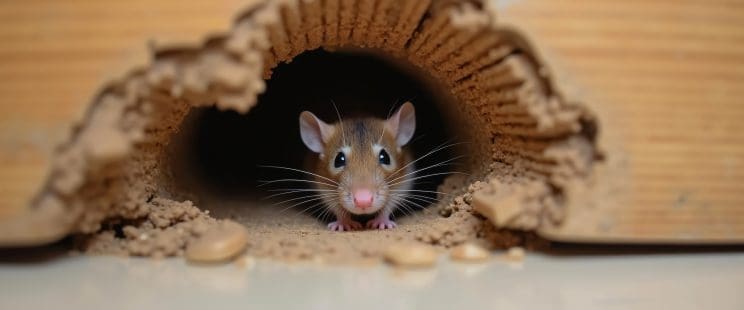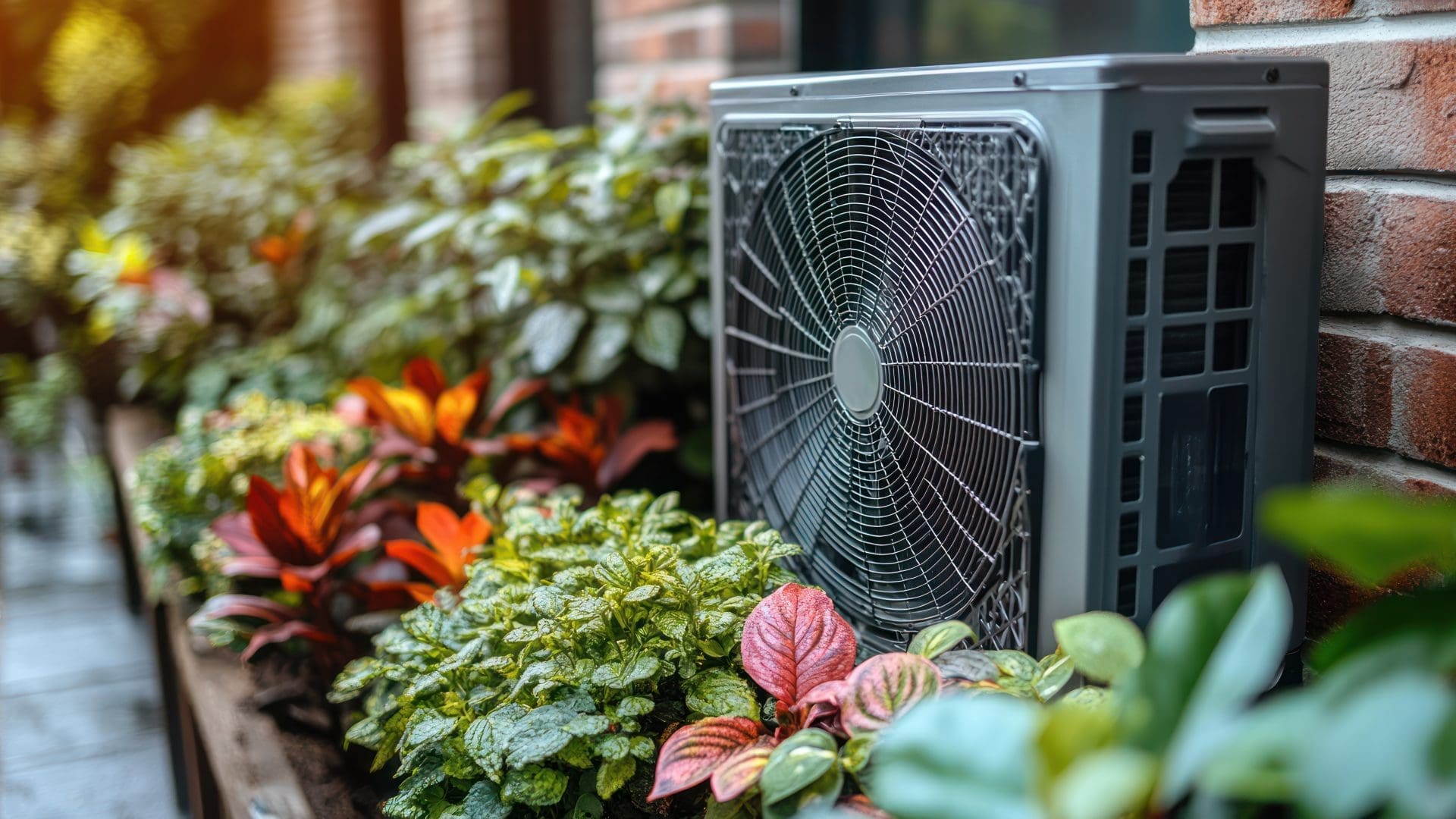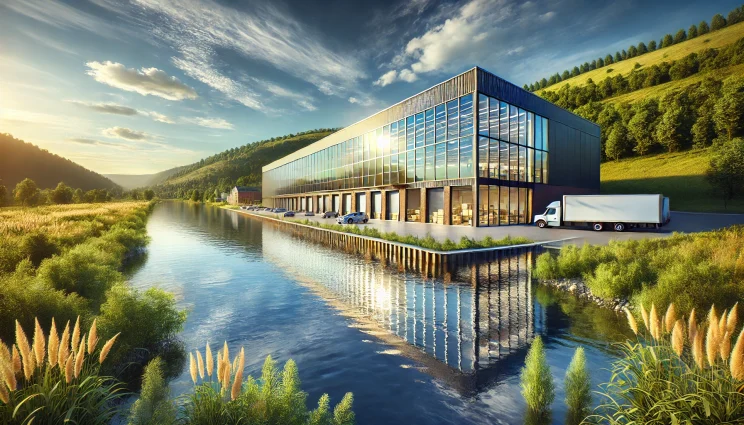*Watch the video summary of our latest article below, highlighting the key points you need to know.*
As winter fades and spring arrives in Albany, NY, commercial property owners must prioritize a thorough spring cleanup to maintain curb appeal and ensure their buildings remain in optimal condition. The harsh winter months in upstate New York can leave behind significant damage and debris that, if neglected, could substantially impact property value, tenant satisfaction, and even create safety hazards.
This comprehensive guide outlines essential spring maintenance tasks along with specific remedies and professional recommendations to restore your commercial property after winter's toll.

Inspect the Exterior
Winter's freeze-thaw cycles and harsh conditions can cause significant structural damage. Conduct a methodical inspection of your entire property:
Pavement and Parking Areas
- Damage Assessment: Document all cracks, potholes, and areas of heaving or sinking
- Specific Remedies:
- For minor cracks (under ¼ inch): Apply commercial-grade crack sealer
- For potholes: Use cold-patch asphalt for temporary repairs in spring, scheduling hot asphalt repairs when temperatures consistently reach 70°F
- For severely damaged areas: Consider sectional replacement rather than patching
- Restripe parking lots with high-visibility paint that includes anti-slip additives
.
Building Exterior
- Inspection Focus Areas: Look for foundation cracks, masonry damage, and compromised seals around windows and doors
- Specific Remedies:
- Seal foundation cracks with polyurethane or epoxy injections
- Replace damaged brick mortar with properly matched tuckpointing
- Apply commercial-grade caulking around windows and door frames
- Install new weatherstripping where winter conditions have compromised existing materials
Roof and Drainage Systems
- Professional Assessment: Have qualified contractors inspect for:
- Ice dam damage to roof edges
- Missing or damaged shingles
- Membrane punctures or tears (flat roofs)
- Flashing integrity around vents and penetrations
- Remediation Options:
- Document all issues with photographs for insurance purposes
- Prioritize repairs based on potential for water intrusion
- Consider infrared scanning to identify hidden water issues
- Test drainage systems under simulated heavy rain conditions
Signage and Lighting
- Maintenance Needs:
- Replace burnt-out bulbs with energy-efficient LED alternatives
- Repair sign faces damaged by wind or ice
- Check electrical connections for corrosion
- Re-secure any loose mounting hardware
- Clean light fixtures of winter grime to improve illumination


Revitalize Landscaping
Winter road salt, snow piles, and freeze damage can devastate commercial landscaping. A comprehensive restoration approach includes:
Soil Remediation
- Salt Damage Treatment:
- Apply gypsum (calcium sulfate) at a rate of 40-50 pounds per 1,000 square feet to areas affected by road salt
- Flush salt-affected soil with abundant fresh water
- Consider soil testing to determine if pH correction is needed after winter
Lawn Restoration
- Professional Approach:
- Core aerate compacted areas where snow was piled
- Power rake to remove thatch and winter debris
- Overseed with salt-tolerant grass varieties appropriate for Albany's climate
- Apply starter fertilizer with appropriate N-P-K ratios for spring growth
- Consider hydroseeding for larger damaged areas
Trees and Shrubs
- Damage Assessment and Remediation:
- Prune winter-damaged branches back to healthy wood
- Apply wound dressing to significant cuts on valuable ornamental trees
- Replace severely damaged specimens with salt-tolerant native varieties
- Add 2-3 inches of fresh mulch around trees and shrubs, keeping it away from trunks
- Apply slow-release fertilizer formulated for woody plants
Seasonal Color and Curb Appeal
- Professional Recommendations:
- Install salt-tolerant perennials in areas prone to winter damage
- Use commercial-grade annual displays in high-visibility areas
- Consider raised planters to protect plants from future salt exposure
- Install drip irrigation systems to ensure proper establishment

Clean and Repair Gutters and Drainage Systems
Proper drainage is critical to preventing property damage. Winter often leaves drainage systems compromised:
Gutter Maintenance
- Thorough Cleaning:
- Remove all debris by hand or using professional gutter cleaning equipment
- Flush downspouts with high-pressure water to confirm proper flow
- Check and repair any sagging sections or loose fasteners
- Apply sealant to leaking seams and joints
- Install gutter guards to minimize future maintenance needs
Storm Drain Systems
- Professional Servicing:
- Use water jetting to clear accumulated sediment from drain lines
- Video-scope inspection of subsurface drainage systems to identify blockages or damage
- Repair cracked or collapsed sections of pipe
- Clean out catch basins and storm drains, properly disposing of collected waste
- Mark drain locations clearly to prevent accidental damage during future landscaping
Retention Pond Maintenance
- Spring Preparation:
- Remove winter debris and accumulated sediment
- Inspect for erosion damage around inlets and outlets
- Check functionality of any mechanical components like pumps or aerators
- Ensure compliance with local stormwater management requirements
Surface Cleaning and Restoration
Winter leaves behind salt residue, grime, and staining that requires specialized cleaning:
Power Washing Techniques
- Equipment Recommendations:
- Commercial-grade pressure washers (3000+ PSI) for concrete and masonry
- Lower pressure settings (1500-2000 PSI) with appropriate nozzles for building facades
- Hot water pressure washing for oil and grease stains in parking areas
- Surface-specific detergents that comply with local environmental regulations
Building Facade Cleaning
- Material-Specific Approaches:
- Brick: Use gentle cleaning methods with appropriate pH-balanced cleaners
- Glass: Commercial window cleaning solutions with squeegee application
- Metal: Non-abrasive cleaners that won't damage protective finishes
- Stone: Biological growth removal with specialized stone-safe cleaners
Concrete and Asphalt Restoration
- Treatment Options:
- Apply degreasers to remove oil and automotive fluid stains
- Treat rust stains with oxalic acid-based removers
- Consider applying penetrating sealers to protect against future damage
- Schedule asphalt sealcoating for early summer after spring cleanup is complete
HVAC and Ventilation System Overhaul

As buildings transition from heating to cooling, comprehensive HVAC maintenance is essential:
System Inspection and Cleaning
- Professional Servicing Should Include:
- Complete replacement of all air filters (MERV 13 or higher recommended)
- Cleaning of evaporator and condenser coils
- Checking refrigerant levels and recharging if necessary
- Testing of all controls, thermostats, and automation systems
- Cleaning of ductwork if inspection reveals significant dust accumulation
- Calibration of building automation systems
Energy Efficiency Upgrades
- Recommended Improvements:
- Programmable or smart thermostat installation
- Sealing of duct leaks with professional-grade materials
- Insulation of exposed pipes and ducts
- Analysis of system performance and potential equipment upgrade needs
- Installation of economizers where appropriate
Indoor Air Quality Enhancements
- Health-Focused Improvements:
- UV-C light installation in air handlers to reduce microbial growth
- HEPA filtration upgrades where system capacity allows
- Humidity control system checking and calibration
- Ventilation rate verification to ensure compliance with ASHRAE standards
Surface Refinishing and Protection
Exterior finishes often require restoration after winter exposure:
Paint and Coating Assessment
- Inspection Focus:
- Document areas of peeling, bubbling, or cracking
- Test adhesion of existing coatings before repainting
- Check for moisture intrusion that may compromise new applications
- Identify appropriate products for each specific surface
Professional Application Methods
- Best Practices:
- Proper surface preparation including pressure washing, scraping, and sanding
- Application of primer specifically formulated for the substrate
- Use of commercial-grade, weather-resistant paints with extended warranties
- Spray application for large areas, brush/roller for detailed work
- Multiple coats with appropriate drying time between applications
Specialty Surface Considerations
- Material-Specific Treatments:
- Metal railings: Wire brush cleaning followed by rust-inhibitive primer and paint
- Wood surfaces: Stain and sealer application after proper sanding
- Concrete: Acrylic or epoxy coatings for high-traffic areas
- Signs: UV-resistant coatings to prevent fading
Pest Prevention and Management

Spring cleanup presents an ideal opportunity to implement pest management strategies:
Building Envelope Sealing
- Access Point Remediation:
- Inspect and seal gaps around utility penetrations
- Replace damaged door sweeps and weather stripping
- Screen vents and other necessary openings
- Apply commercial-grade sealants around windows and foundation cracks
Landscape Pest Management
- Preventative Measures:
- Remove debris that could harbor pests
- Maintain proper spacing between plantings and buildings
- Implement appropriate mulch depths (2-3 inches) to discourage nesting
- Consider preventative treatments for common regional pests like carpenter ants
Professional Inspection
- Expert Assessment Should Include:
- Monitoring for early signs of termite activity
- Identification of conditions that might attract pests
- Documentation of potential entry points
- Recommendation of appropriate Integrated Pest Management strategies
Safety and Compliance Review
Spring is an excellent time to ensure your property meets all regulatory requirements:

Fire Safety Systems
- Testing and Maintenance:
- Schedule professional inspection of sprinkler systems
- Test fire alarms and emergency lighting
- Clear vegetation from around fire hydrants
- Ensure fire lanes are clearly marked after winter plowing damage
ADA Compliance
- Accessibility Check:
- Repair any damaged accessible parking spaces and signage
- Clear and maintain accessible routes throughout the property
- Verify proper operation of automatic doors and accessibility features
- Address any winter damage to ramps or accessible entrances
Emergency Systems
- Preparedness Review:
- Update emergency contact information
- Check emergency exit lighting and signage
- Clear all emergency exits and pathways
- Review and update emergency response plans
Conclusion
A comprehensive spring cleanup for commercial properties in Albany goes far beyond simple aesthetics. By addressing these key areas with the specific remedies outlined above, property managers can protect their investment, ensure tenant satisfaction, maintain regulatory compliance, and prepare for the busy seasons ahead.
Consider developing a maintenance calendar that schedules these tasks annually, ensuring that your property consistently presents its best face to clients, customers, and the community. Many commercial property managers find that partnering with specialized service providers for different aspects of this maintenance program provides the most cost-effective and professional results.
By investing in thorough spring maintenance now, you'll avoid costly emergency repairs later and maintain the highest possible property value for years to come


